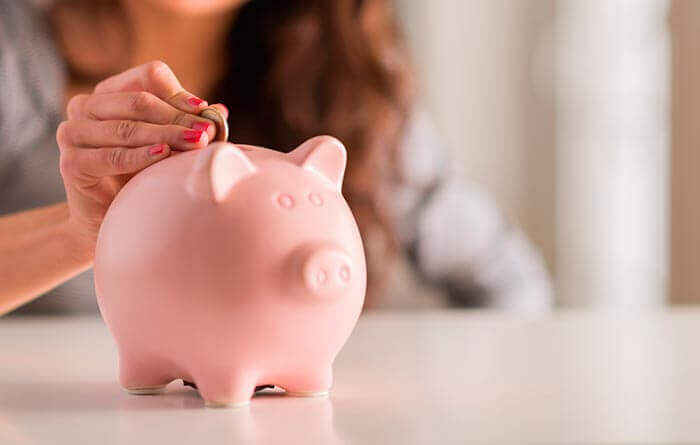Discover the Japanese Method to Save Money

Keeping track of your expenses will help you know in which areas you spend your money, as well as helping you to save more and to stop spending unnecessarily.
For many people, saving when the end of the month arrives is almost impossible.
Household expenses accumulate. Then come personal whims and unexpected products and services. All of this results in excessive and uncontrolled spending of money only a few days after getting it.
In Japan, the most technological country in the world, many continue a tradition that started in 1904. Today, it is still the most effective method of saving, especially for household expenses.
It is known as kakebo. It’s used as a system of recording both expenses and income that serves for the perfect organization of money.
Kakebo is no more than a budget-balancing system. In addition, it helps people to come aware of what really is necessary to buy and what’s not.
How kakebo functions

This method starts at the beginning of the month, noting the fixed expenses you have and the total income you will receive.
Then, you can generate a balance from this data. You do this by subtracting the total expenses that are most basic from the income.
If you would like to save money for something you have planned, you must record it at this stage.
After determining the total amount of money that you have left by subtracting your fixed expenses, you can note down how much money you have set aside for saving. Determine how you will spend it in order to be clear about the goal you have set.
Throughout the month, (preferably daily, as indicated by kakebo), all the expenses of the day or of the week must be written down.
The most advisable thing is to save invoices and receipts from purchases. This way, you can later write down later how you spent the money and how much you spent.
Read also: These 8 Household Products Will Save You From Any Mishap
The organization of kakebo

This plan is divided into categories where we normally spend money:
- Food
- Transportation
- Health
- Home
- Leisure
- Emergencies
In each category, the daily spending is recorded. The aim is that all the expenses of the different divisions are added up. Then, at the end of the week, you get a general balance.
This balance will help you keep track of how much money you have spent and how much you have left.
With these results, you can analyze how much you spend and in which areas you should limit yourself a little more.
It will also help you to know what is an appropriate amount to consider for saving and to set as a more effective goal for the following month.
Visit this article: Great Ways to Save Space at Home
Effectiveness

The effectiveness of kakebo to save money is completely subject to how organized you are as well as to your willpower.
If you set a goal to not buy more clothes, stick to it. Be consistent and decisive.
It’s true that it helps to have a graph or spreadsheet organization for kakebo. However, you can use whatever you prefer. For example, you can use a notebook, a document, a calendar, a planner, etc.
You can simply write down your expenses and income anywhere, and to do the accounts at the end of the month.
Having controlled expenses is very important for avoiding troubles in times of emergency. Plus, it helps you save for the goals you have in mind.
Whether you’re using the kakebo method with a planner or with a napkin, it’s clear that keeping track of your accounts is essential.
If you opted to buy a kakebo planner (or kakeibo, as it is also known), remember to be constant and determined in order to save money.
Did you manage to save what you had proposed? Excellent! Did you go over the budget? Then next month you should be more disciplined.
All cited sources were thoroughly reviewed by our team to ensure their quality, reliability, currency, and validity. The bibliography of this article was considered reliable and of academic or scientific accuracy.
- López, C. (2014). Kakebo, el método japonés para que ahorres de una vez. Eldiario.Es.
- Macías, S. (2017). Pequeño cerdo capitalista. Espapdf.
- República, S. C. del B. de la. (2015). El ahorro.
This text is provided for informational purposes only and does not replace consultation with a professional. If in doubt, consult your specialist.








